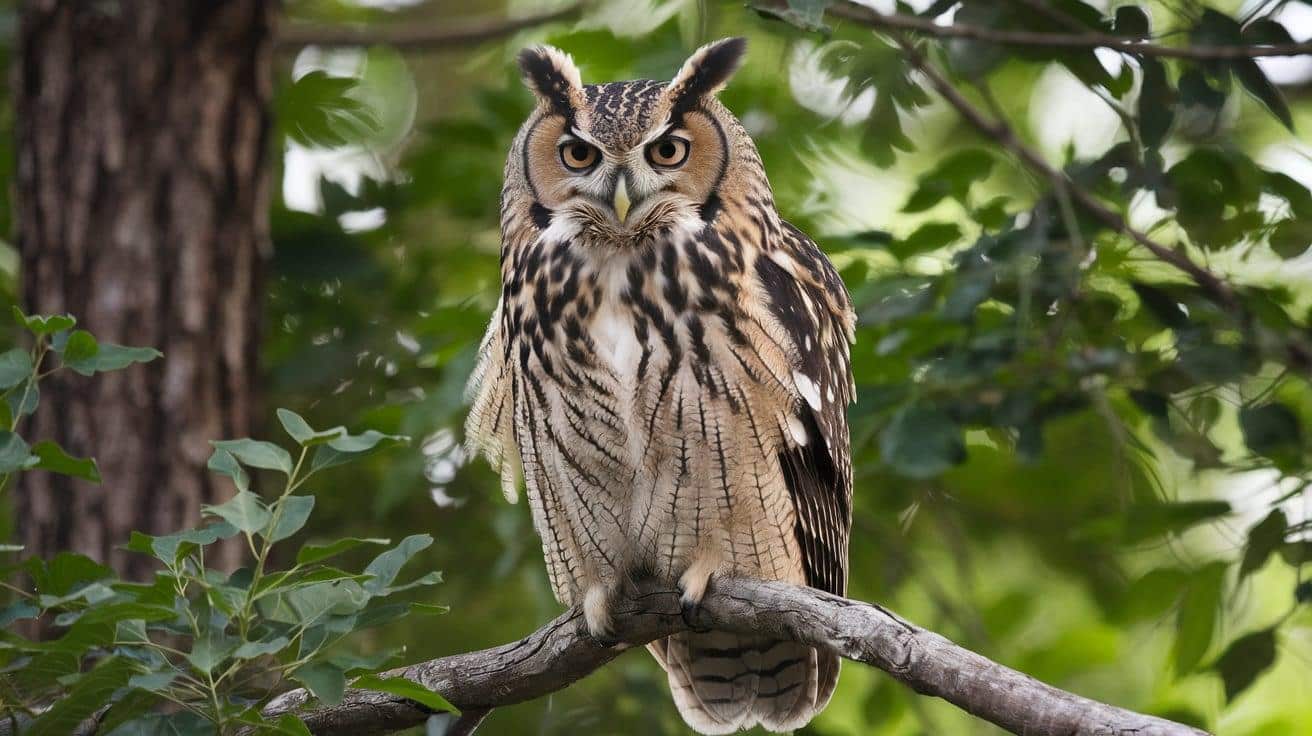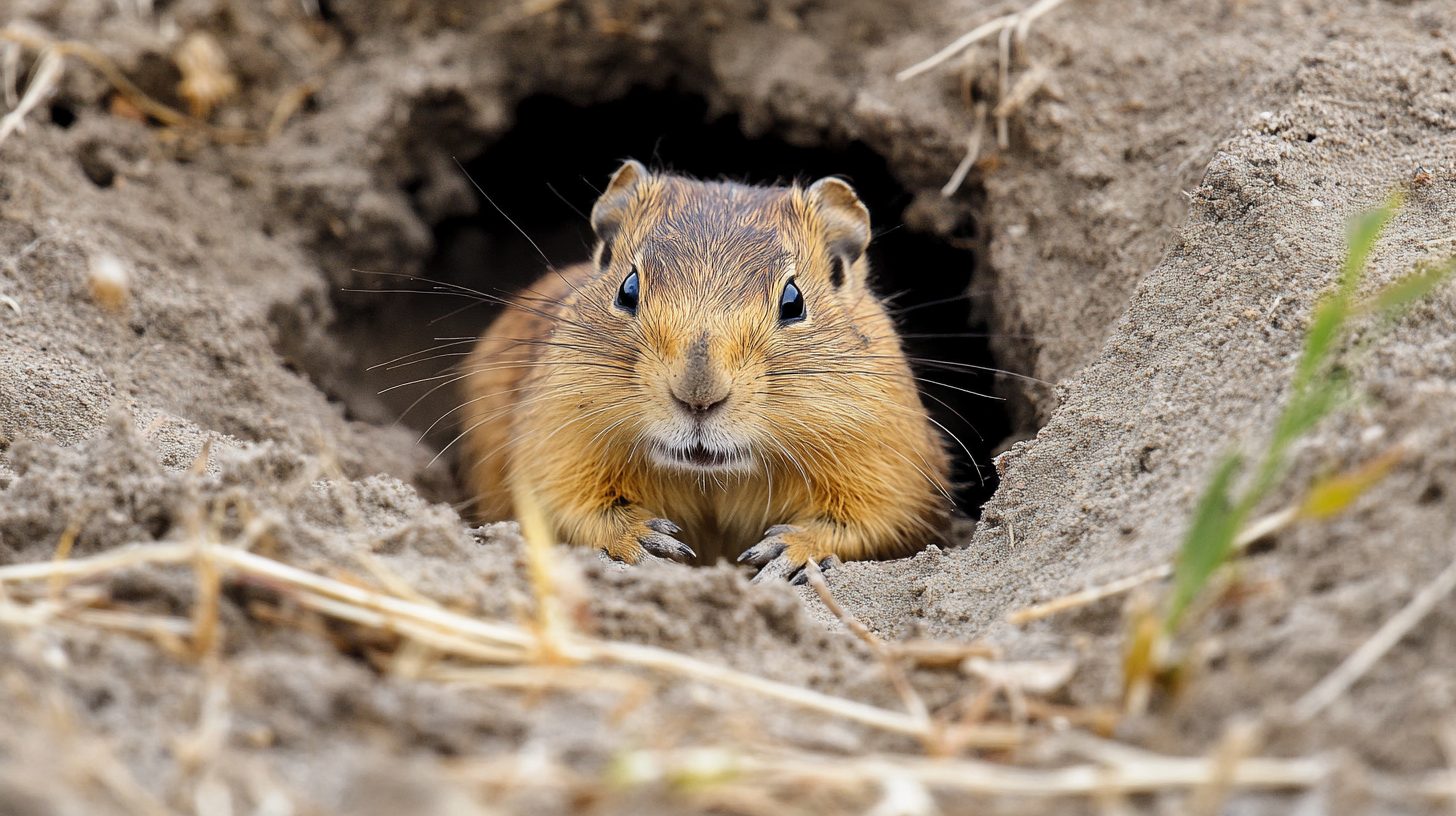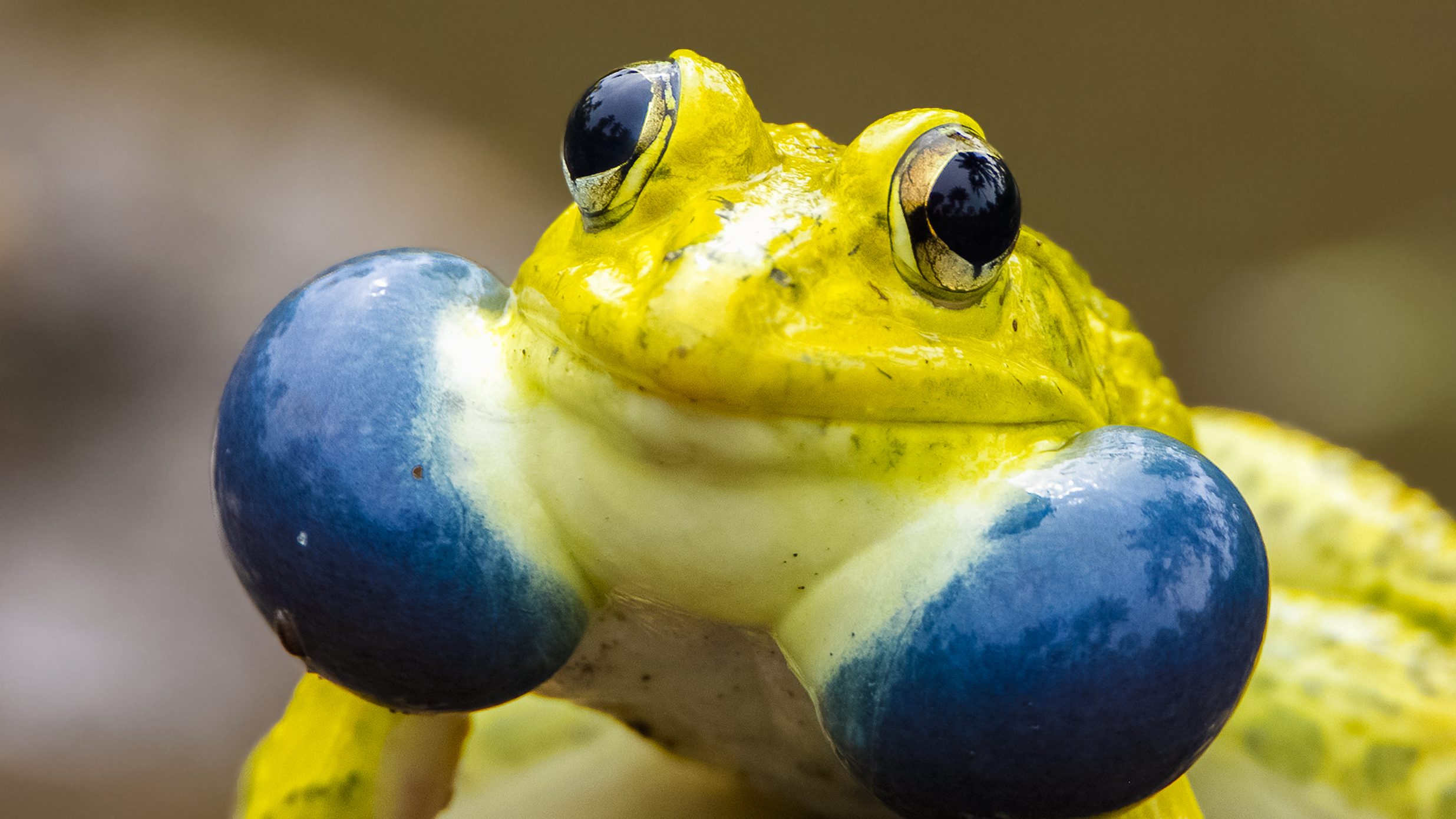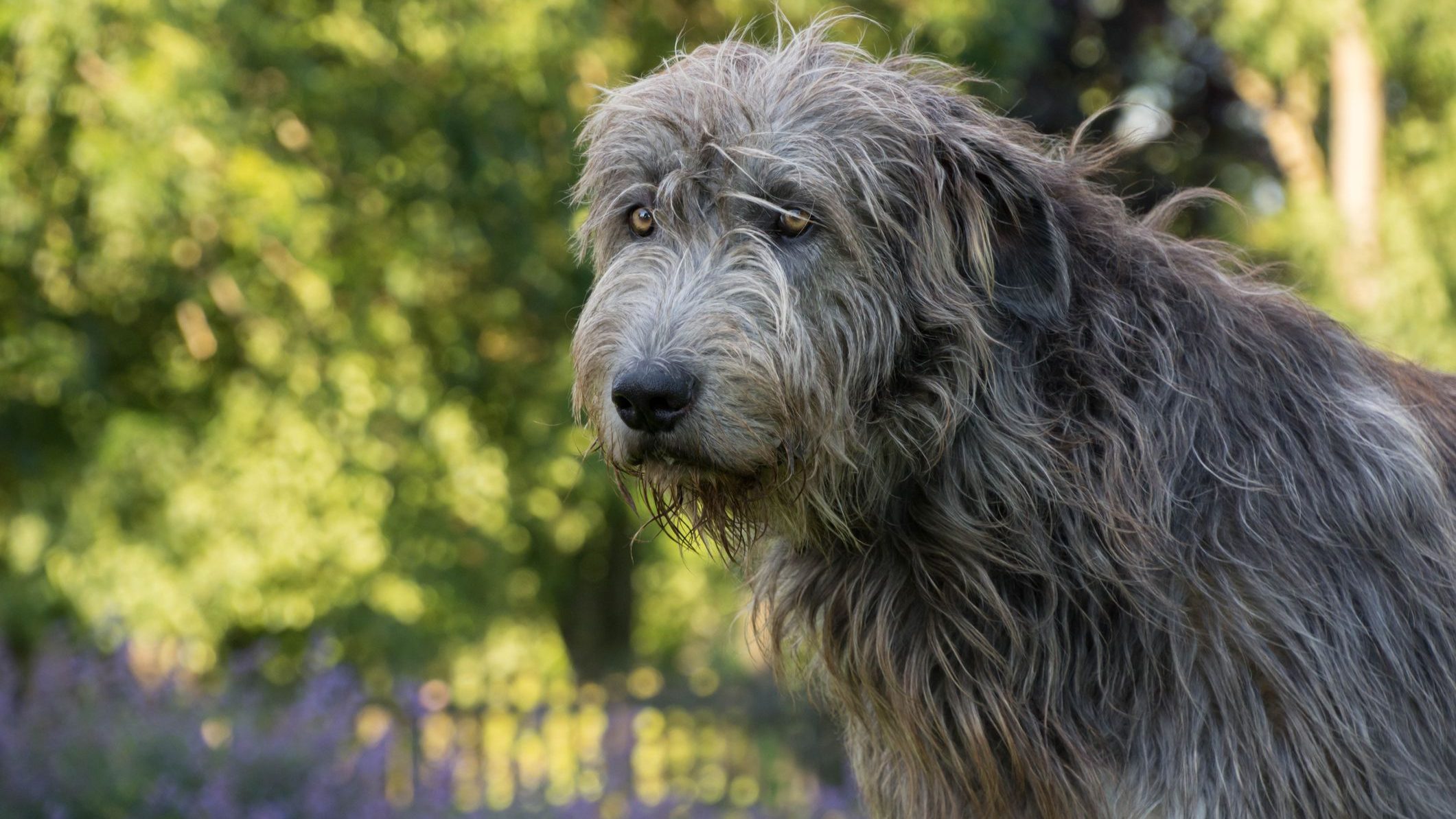Australia has unique wildlife. Separated from other continents for millions of years, this island nation has become home to animals not found anywhere else on Earth.
Australian animals often don’t follow typical patterns, from the jumping kangaroo to the odd platypus. The country has over 800 bird species, 4,000 fish types, 300 lizard varieties, 140 snake species, and 200 kinds of mammals.
This guide shows you Australia’s most important wildlife groups.
You’ll learn about marsupials with their baby pouches, reptiles that live in tough conditions, colorful birds, and sea creatures in the waters around the coast.
See the special animals that make Australia a natural wonder.
Mammals of Australia
Australia’s mammals break all the rules. While most of the world’s mammals give birth to live young, Australia specializes in pouched marsupials and egg-layers that seem to defy biology.
1. Kangaroo
Australia’s most iconic animal is famous for its strong hind legs, enabling it to make impressive leaps across the outback landscape. Known for its unique hopping ability, it symbolizes the Australian wilderness.
| Feature | Details |
|---|---|
| Size | Up to 2m tall |
| Weight | 40-90kg (Red Kangaroo) |
| Diet | Herbivore (grasses, shrubs) |
| Lifespan | 8-12 years in the wild |
| Conservation status | Least Concern |
Fun Facts:
- A kangaroo can’t move its legs independently while hopping – if you tie their legs together, they can’t move at all.
- Female kangaroos can pause their pregnancy during harsh conditions and resume when food is plentiful.
2. Koala
Koalas survive solely on toxic eucalyptus leaves that would poison other mammals. Their specialized digestive systems detoxify this challenging diet as they drowsily navigate Australia’s eucalyptus forests.
| Feature | Details |
|---|---|
| Size | 60-85cm |
| Weight | 4-15kg |
| Diet | Specialist herbivore (eucalyptus) |
| Lifespan | 10-15 years |
| Conservation status | Vulnerable |
Fun Facts:
- Koalas have fingerprints almost identical to humans
- They sleep up to 20 hours per day partly because their diet provides very little energy
3. Wombat
The wombat excavates remarkable underground labyrinths over 30 meters long. These powerful diggers use their sturdy bodies and claws to create complex tunnel systems throughout Australian landscapes.
| Feature | Details |
|---|---|
| Size | 70-120cm |
| Weight | 20-35kg |
| Diet | Herbivore (grasses, roots) |
| Lifespan | 15-20 years |
| Conservation status | Varies by species |
Fun Facts:
- Wombats produce cube-shaped poop – the only animal known to do this
- Their backward-facing pouches prevent dirt from entering while digging
4. Tasmanian Devil
The Tasmanian devil unleashes bone-chilling screeches during intense feeding frenzies. This compact but powerful carnivorous marsupial’s fierce temperament and jaws dominate Tasmania’s nocturnal landscape.
| Feature | Details |
|---|---|
| Size | 50-65cm |
| Weight | 6-12kg |
| Diet | Carnivore (scavenger) |
| Lifespan | 5-8 years |
| Conservation status | Endangered |
Fun Facts:
- Tasmanian devils have the strongest bite force relative to the body size of any living mammal
- They can consume up to 40% of their body weight in a single meal
5. Platypus
The platypus confounds with its improbable design: duckbill, beaver tail, and egg-laying capabilities. This extraordinary semi-aquatic mammal represents one of evolution’s most notable Australian creations.
| Feature | Details |
|---|---|
| Size | 40-50cm |
| Weight | 1-2.4kg |
| Diet | Carnivore (aquatic invertebrates) |
| Lifespan | 10-15 years |
| Conservation status | Near Threatened |
Fun Facts:
- Male platypuses have venomous spurs on their hind feet
- They hunt underwater with eyes closed, using electroreceptors in their bills to detect prey
6. Echidna
The echidna combines ancient design with specialized hunting tools. Its powerful claws excavate insect nests while its sticky, elongated tongue extracts ants and termites with surprising precision.
| Feature | Details |
|---|---|
| Size | 30-45cm |
| Weight | 2-5kg |
| Diet | Insectivore (ants, termites) |
| Lifespan | 30-50 years |
| Conservation status | Least Concern |
Fun Facts:
- Echidnas can suspend their development during harsh conditions through a process called torpor
- Their spines are modified hairs made of keratin
7. Dingo
The dingo, Australia’s native wild dog, journeyed to the continent thousands of years ago and evolved remarkably to survive in its rugged, unforgiving wilderness.
| Feature | Details |
|---|---|
| Size | 120-150cm length |
| Weight | 13-20kg |
| Diet | Carnivore (opportunistic) |
| Lifespan | 8-10 years |
| Conservation status | Vulnerable |
Fun Facts:
- Dingoes rarely bark, communicating mainly through howls
- They can rotate their wrists, allowing them to use their paws like hands to open doors and containers
8. Quokka
The quokka charms with its perpetual smile, earning fame as “the world’s happiest animal.” This photogenic marsupial fearlessly approaches tourists, creating perfect selfie opportunities on Australian islands.
| Feature | Details |
|---|---|
| Size | 40-50cm |
| Weight | 2.5-5kg |
| Diet | Herbivore (grasses, leaves) |
| Lifespan | 5-10 years |
| Conservation status | Vulnerable |
Fun Facts:
- Quokkas can survive with very little water, getting most moisture from vegetation.
- Mother quokkas can sacrifice their babies when threatened, dropping them from their pouch to distract predators.s
Reptiles of Australia
Australia is home to some of the planet’s most fascinating and fearsome reptiles. From massive crocodiles to highly venomous snakes, these cold-blooded creatures have adapted perfectly to the continent’s varied environments.
9. Saltwater Crocodile
The saltwater crocodile dominates as Earth’s largest reptile, reaching massive proportions with unrivaled predatory power. These ancient hunters ambush any creature entering their vast Australian territories.
| Feature | Details |
|---|---|
| Size | Up to 6-7m |
| Weight | 1,000-1,200kg |
| Diet | Carnivores (mammals, fish, birds) |
| Lifespan | 70+ years |
| Conservation status | Least Concern |
Fun Facts:
- Saltwater crocodiles have the strongest bite force ever measured in an animal – up to 3,700 pounds per square inch
- They can hold their breath underwater for more than an hour when resting
10. Freshwater Crocodile
The freshwater crocodile features a sleek body and narrow, specialized snout designed for catching fish. This smaller, more agile relative of the saltwater crocodile thrives in Australia’s inland waterways.
| Feature | Details |
|---|---|
| Size | 2.5-3m |
| Weight | 70-80kg |
| Diet | Carnivore (fish, small animals) |
| Lifespan | 40-60 years |
| Conservation status | Least Concern |
Fun Facts:
- Unlike their saltwater cousins, freshwater crocodiles rarely attack humans unless provoked
- They can gallop on land at speeds up to 17 km/h for short distances
11. Inland Taipan
The inland taipan delivers the world’s deadliest venom with surgical precision. One bite contains enough toxin to kill a hundred people, making this reclusive Australian snake unmatched in potency.
| Feature | Details |
|---|---|
| Size | 1.8-2.5m |
| Weight | 3-6kg |
| Diet | Carnivores (small mammals) |
| Lifespan | 10-15 years |
| Conservation status | Least Concern |
Fun Facts:
- Despite its deadly venom, there have been no recorded human deaths from this species due to its remote habitat
- Its venom has evolved specifically to kill warm-blooded mammals instantly
12. Eastern Brown Snake
The eastern brown snake combines lethal venom with aggressive defense, striking with lightning speed when threatened. This common Australian killer causes more human fatalities than any other snake.
| Feature | Details |
|---|---|
| Size | 1.5-2m |
| Weight | 0.5-2kg |
| Diet | Carnivores (rodents, birds) |
| Lifespan | 7-10 years |
| Conservation status | Least Concern |
Fun Facts:
- Eastern brown snakes can raise their bodies off the ground in an S-shape when threatened
- They’re incredibly fast, able to move at speeds up to 20 km/h
13. Carpet Python
The carpet python captivates with stunning geometric patterns and gentle temperament, making this powerful yet non-venomous constrictor a favorite companion in Australian homes.
| Feature | Details |
|---|---|
| Size | 2-4m |
| Weight | 4-15kg |
| Diet | Carnivores (birds, mammals) |
| Lifespan | 15-20 years |
| Conservation status | Least Concern |
Fun Facts:
- Carpet pythons can change color slightly as they age
- They have heat-sensing pits that allow them to detect warm-blooded prey in complete darkness
14. Frilled Neck Lizard
The frilled-neck lizard transforms when threatened, dramatically expanding its vivid neck collar while hissing and standing tall to intimidate predators across northern Australian woodlands.
| Feature | Details |
|---|---|
| Size | 70-90cm (including tail) |
| Weight | 0.5-1kg |
| Diet | Carnivores (insects, small vertebrates) |
| Lifespan | 10-15 years |
| Conservation status | Least Concern |
Fun Facts:
- When threatened, they run on their hind legs in a bipedal stance
- Their frill can expand to nearly three times the size of their head
15. Blue-Tongue Skink
When threatened, the blue-tongued skink displays its vibrant azure tongue, startling predators with this dramatic warning while relying on its robust body for protection in Australian habitats.
| Feature | Details |
|---|---|
| Size | 30-60cm |
| Weight | 0.3-0.7kg |
| Diet | Omnivores (plants, insects, snails) |
| Lifespan | 15-20 years |
| Conservation status | Least Concern |
Fun Facts:
- Their bright blue tongue is ultraviolet-reflective, making it even more startling to predators
- They give birth to live young rather than laying eggs like most lizards
16. Thorny Devil
The thorny devil combines fierce appearance with ingenious survival tactics, channeling water to its mouth through skin channels while blending perfectly into harsh Australian desert landscapes.
| Feature | Details |
|---|---|
| Size | 15-20cm |
| Weight | 50-70g |
| Diet | Specialist (ants only) |
| Lifespan | 15-20 years |
| Conservation status | Least Concern |
Fun Facts:
- Their skin has microscopic channels that draw water from any part of their body to their mouth
- They can consume up to 3,000 ants in a single meal
Birds of Australia
Australia hosts over 800 bird species, from colorful parrots to menacing birds of prey. The continent’s isolation has led to the evolution of birds found nowhere else on Earth.
17. Rainbow Lorikeet
Rainbow lorikeets dazzle with kaleidoscopic plumage while filling treetops with boisterous calls. Their specialized brush tongues expertly collect sweet nectar from native Australian blossoms.
| Feature | Details |
|---|---|
| Size | 25-30cm |
| Weight | 120-150g |
| Diet | Nectarivore (nectar, pollen, fruit) |
| Lifespan | 10-15 years |
| Conservation status | Least Concern |
Fun Facts:
- Their specialized tongue has tiny hairlike projections that function like a paintbrush for collecting nectar
- They sleep hanging upside down from branches, unlike most other birds
18. Kookaburra
The mischievous kookaburra fills dawn with its iconic cascading laugh, a melodic yet raucous call that echoes through eucalyptus forests across Australia’s bushland.
| Feature | Details |
|---|---|
| Size | 40-45cm |
| Weight | 300-450g |
| Diet | Carnivores (insects, small reptiles, rodents) |
| Lifespan | 15-20 years |
| Conservation status | Least Concern |
Fun Facts:
- Their memorable “laughing” call helps define territorial boundaries among family groups
- They mate for life, and young birds often stay to help raise their siblings
19. Sulphur-Crested Cockatoo
Adorned with pristine white feathers and vibrant yellow crests, these clever birds tackle complex challenges with remarkable intelligence, demonstrating advanced problem-solving capabilities.
| Feature | Details |
|---|---|
| Size | 45-55cm |
| Weight | 700-900g |
| Diet | Omnivores (seeds, fruits, insects) |
| Lifespan | 40-70 years |
| Conservation status | Least Concern |
Fun Facts:
- They can mimic human speech and various sounds like doorbells and car alarms
- Their powerful beaks can exert pressure of up to 350 psi, enough to crack macadamia nuts
20. Emu
The mighty emu, Australia’s towering flightless wonder, races across the sunbaked outback at spectacular speeds. Its powerful legs cover vast distances with remarkable stamina.
| Feature | Details |
|---|---|
| Size | 1.5-1.9m |
| Weight | 30-55kg |
| Diet | Omnivores (plants, insects, small animals) |
| Lifespan | 10-20 years |
| Conservation status | Least Concern |
Fun Facts:
- Male emus incubate the eggs and raise the chicks with no help from the female
- They can travel long distances at a fast trot of 50 km/h and sprint at 48 km/h
21. Cassowary
The striking cassowary blends vibrant colors with deadly power. Its dagger-like claw can fatally wound threats, earning this magnificent yet formidable bird its fearsome reputation.
| Feature | Details |
|---|---|
| Size | 1.5-2m |
| Weight | 40-75kg |
| Diet | Omnivores (primarily fruits) |
| Lifespan | 40-50 years |
| Conservation status | Vulnerable |
Fun Facts:
- Their middle toe has a dagger-like claw up to 12cm long that can cause serious injuries
- They’re vital to rainforest ecosystems as they’re the only animals able to disperse the seeds of many large-fruited plants
22. Wedge-Tailed Eagle
Australia’s largest raptor dominates the skies. Its massive wings effortlessly carry it to extreme heights, and it surveys vast territories while riding thermal currents.
| Feature | Details |
|---|---|
| Size | 0.9-1.1m body, 2-2.8m wingspan |
| Weight | 3-5.3kg |
| Diet | Carnivore (rabbits, wallabies, reptiles) |
| Lifespan | 20-30 years |
| Conservation status | Least Concern |
Fun Facts:
- They build the largest nest of any bird in Australia – up to 2m across and 4m deep
- They can spot prey from 2km away and dive at speeds of 80 km/h
23. Powerful Owl
The powerful tawny frogmouth, Australia’s biggest owl, hunts silently through darkness. Its keen vision and noiseless wings allow it to capture prey with lethal precision.
| Feature | Details |
|---|---|
| Size | 60-65cm |
| Weight | 1.4-2.2kg |
| Diet | Carnivore (possums, gliders, roosting birds) |
| Lifespan | 30+ years |
| Conservation status | Near Threatened |
Fun Facts:
- They mate for life and use the same territory for decades
- A hunting pair will often catch more prey than they can eat in one night, storing leftovers in tree forks for later
Other Unique Australian Wildlife
Australia’s wildlife diversity extends far beyond mammals, reptiles, and birds. The continent houses remarkable amphibians, marine creatures, and invertebrates that have evolved in isolation.
24. Corroboree Frog
This tiny, strikingly patterned frog produces potent toxins, making it one of Australia’s most poisonous amphibians. The corroboree frog stands out with its bright yellow and black markings.
| Feature | Details |
|---|---|
| Size | 2.5-3cm |
| Weight | 2-3g |
| Diet | Carnivore (small insects) |
| Lifespan | 6-8 years |
| Conservation status | Critically Endangered |
Fun Facts:
- They can produce their poison rather than acquiring it from their diet like many poisonous frogs
- Their distinctive black and yellow warning coloration is similar to warning signs humans use for danger
25. Green Tree Frog
“One of Australia’s most recognizable amphibians, these charismatic frogs often make their homes around human dwellings. Green tree frogs have bright, smooth skin and sticky toe pads that help them climb walls and windows.
| Feature | Details |
|---|---|
| Size | 10-12cm |
| Weight | 40-60g |
| Diet | Carnivores (insects, small vertebrates) |
| Lifespan | 15-20 years |
| Conservation status | Least Concern |
Fun Facts:
- They can absorb water through their skin and store it in their bladders and tissues to survive dry periods
- They’re known to seek out human bathrooms and toilets during dry seasons for moisture
26. Great White Shark
Australia’s coastal waters are home to one of the ocean’s most formidable predators. The great white shark patrols these seas with keen senses, powerful jaws, and a streamlined body built for hunting.
| Feature | Details |
|---|---|
| Size | 4-6m (up to 7m) |
| Weight | 680-1,800kg |
| Diet | Carnivore (seals, fish, other sharks) |
| Lifespan | 70+ years |
| Conservation status | Vulnerable |
Fun Facts:
- They can detect one drop of blood in 25 gallons (100 liters) of water
- Their teeth are arranged in multiple rows and continuously replaced throughout their lifetime
27. Blue-Ringed Octopus
Despite its small size, this colorful octopus carries enough venom to kill 26 adult humans within minutes. Its bright blue rings serve as a warning signal, and its powerful toxin attacks the nervous system, causing rapid paralysis with no known effective antidote.
| Feature | Details |
|---|---|
| Size | 12-20cm (including arms) |
| Weight | 50-100g |
| Diet | Carnivores (crustaceans, small fish) |
| Lifespan | 2 years |
| Conservation status | Not Evaluated |
Fun Facts:
- Their bright blue rings only appear when they feel threatened
- Their venom contains tetrodotoxin, which causes respiratory arrest with no known antidote
28. Australian Sea Lion
These playful marine mammals are known for their curious nature and acrobatic underwater abilities. They use their high intelligence to swim with grace, often leaping above waves and diving to impressive depths. They communicate through complex sounds and body movements.
| Feature | Details |
|---|---|
| Size | Males 2-2.5m, Females 1.5-1.8m |
| Weight | Males 300kg, Females 100kg |
| Diet | Carnivore (fish, squid, octopus) |
| Lifespan | 12-15 years |
| Conservation status | Endangered |
Fun Facts:
- They have unique breeding cycles that occur every 18 months rather than annually
- They’re the only sea lion species that breeds exclusively on land rather than on ice
29. Huntsman Spider
These large, fast-moving spiders often startle humans with their size, but they’re generally harmless and beneficial pest controllers. They hunt insects around homes and gardens, keeping populations of flies, mosquitoes, and other unwanted bugs in check without using chemicals.
| Feature | Details |
|---|---|
| Size | 15-30cm leg span |
| Weight | 2-3g |
| Diet | Carnivores (insects, small vertebrates) |
| Lifespan | 2-3 years |
| Conservation status | Not Evaluated |
Fun Facts:
- They don’t build webs but actively hunt their prey using speed and agility
- Female huntsman spiders carry their egg sacs under their bodies and guard their young for several weeks
30. Giant Burrowing Cockroach
The world’s heaviest cockroach is a beneficial decomposer that helps maintain soil health. This large insect breaks down plant matter and waste, returning key nutrients to the soil and supporting local plant growth.
| Feature | Details |
|---|---|
| Size | 7-8cm |
| Weight | 20-30g |
| Diet | Detritivore (dead leaves, wood) |
| Lifespan | 10+ years |
| Conservation status | Not Evaluated |
Fun Facts:
- Unlike pest cockroach species, they’re clean, odorless, and important recyclers in forest ecosystems
- They’re exceptional parents, with females caring for their young for up to 6 months
31. Australian Swallowtail Butterfly
These large, vibrant butterflies play a crucial role as pollinators in Australia’s forest ecosystems. They help countless plant species reproduce by transferring pollen as they feed on nectar.
| Feature | Details |
|---|---|
| Size | 10-15cm wingspan |
| Weight | 1-2g |
| Diet | Nectarivore (flower nectar) |
| Lifespan | 6-8 weeks as an adult |
| Conservation status | Varies by species |
Fun Facts:
- Their caterpillars have a special organ called an osmeterium that emits a foul smell when threatened
- They taste with their feet, allowing them to identify suitable plants for laying eggs
Wrapping it up!
Australia’s animals tell a story of survival and adaptation unlike any other place on Earth. From deserts to lush rainforests, these creatures have found ways to live and grow in challenging settings.
These animals make Australia unique and play key roles in maintaining balance in nature. However, many face threats from habitat loss, new predators, and climate change, making it vital to protect them.
Next time you think of Australia, remember it’s more than beaches and cities. It’s home to some of the world’s most unusual and special animals.
By learning about these creatures, we can help ensure future generations will also see kangaroos hop across fields and koalas rest in gum trees for years.














































































































































































